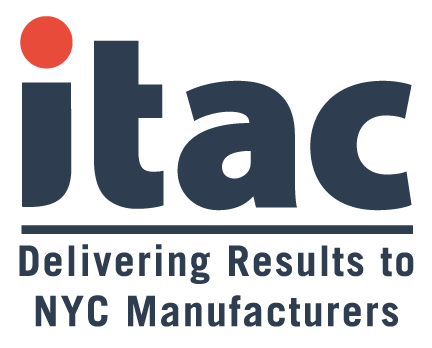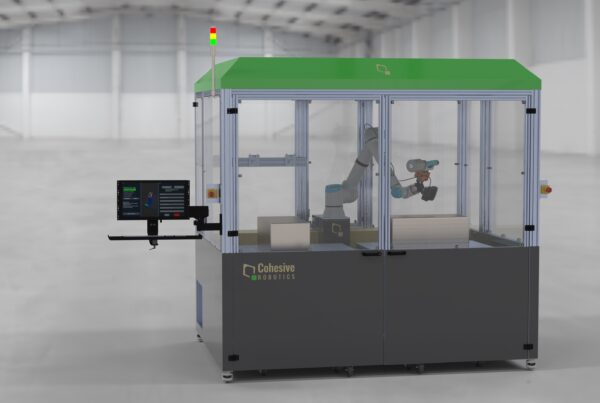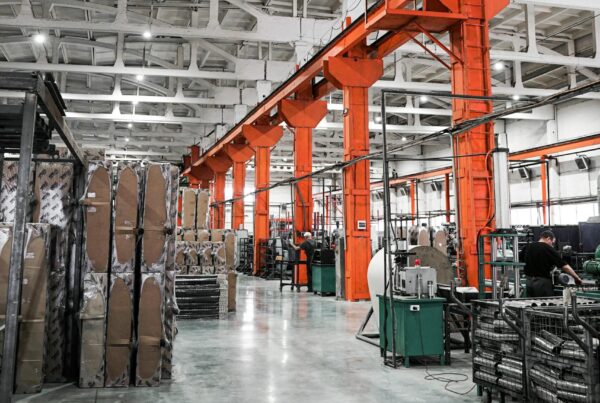Tech jobs are coming to New York City in droves. All the big tech companies — even Amazon, which abandoned plans for a headquarters-style campus a year ago — are expanding in the city.
But many local workers could miss out because they are not receiving the training they need for well-paid careers in tech, according to a new study by the Center for an Urban Future, a nonprofit research group.
The study echoes one of the concerns of opponents of a deal that would have cleared the way for a new Amazon office park in the city — that tech wealth and good jobs would bypass current New Yorkers. And those natives would be left struggling with the downside: the higher housing prices and living costs in neighborhoods gentrified by newcomers.
Closing the opportunity gap in New York’s tech economy, the study concludes, will require more initiatives that truly prepare workers for careers that can be ladders to the middle class. Per Scholas, a nonprofit founded in 1995 and based in the South Bronx, is an example of how this can be done, according to the study.
The nonprofit offers free technology training in courses that run from 15 to 19 weeks. In recent years, it has expanded beyond training for technology-support jobs to add courses in cybersecurity, cloud computing, software engineering and data engineering. Ninety percent of its students are members of minority groups, 60 percent have no more than a high school degree, and half receive some form of public assistance.
Per Scholas students at a center in the Bronx are mainly in their 20s and early 30s. Their work experience has typically been in retailing and restaurants, where the pay is low and hours are inconsistent.
“I was underemployed in dead-end jobs with no advancement possibilities,” said Francisca Hernandez, a 29-year-old Per Scholas trainee, who never made more than $12,000 a year.
Her prospects should be far brighter after she completes the Per Scholas cybersecurity course in a few weeks. In New York, Per Scholas graduates are now making $18 to $30 an hour, $37,000 to $62,000 a year, with some earning $40 an hour or about $82,000 a year in jobs as software engineers and data specialists, the organization said.
But Per Scholas appears to be an exception. More than 370 adult tech-training programs are offered across the city by nonprofit organizations, for-profit boot camps and continuing-education courses at schools. Yet fewer than 19 percent of them equip graduates for midlevel and advanced-skill jobs, ranging from programmer to data scientist, the study concluded.
The lengthy report, which also examined grade school and high school programs, is intended to serve as a guide to public and private efforts to bring the benefits of the tech economy to minority groups, women and more neighborhoods beyond affluent parts of Manhattan and Brooklyn.
“The goal is to see more clearly what is being done, what needs to be done and what is succeeding,” said Julie Samuels, executive director of Tech:NYC, a nonprofit industry group, which commissioned and co-published the study.
Most training initiatives, the researchers found, focus on simpler skills like digital literacy, basic computing concepts and preparation for entry-level jobs such as technology support technician and help-desk associate.
“It’s striking how few in-depth, career-ready programs there are,” said Jonathan Bowles, executive director of the Center for an Urban Future.
Four big tech companies — Google, Facebook, Amazon and Apple — already employ thousands in the city and are adding office space to accommodate thousands more. In all, the companies are expected to have roughly 20,000 workers in New York by 2022.
Tech companies, however, are only part of the hiring picture. Half of the current openings in the city for occupations like software engineer and web developer are in other industries such as finance, marketing and media, according to Glassdoor, a job and recruiting site.
The growing need for tech workers is forcing employers to look beyond traditional recruiting pipelines, like elite universities, to new sources of talent, including local people without college degrees.
With offices in 12 cities, Per Scholas is one of the largest tech training programs. Its enrollment has tripled since 2015, to more than 2,000 projected for this year. In New York, the nonprofit will train about 750 people this year — double the number in 2015 — at a smaller office in Brooklyn and its main center in the Bronx. There, Per Scholas occupies the second floor of nondescript concrete building, just down the street from a U-Haul depot.
Independent evaluations of Per Scholas’s success have helped it attract more foundation and government funding to expand in recent years, but it could reach more people, said Plinio Ayala, its chief executive.
Per Scholas accepts 30 percent of its applicants. With added resources, Mr. Ayala estimates, the nonprofit could increase that rate to 50 percent and maintain its income-improving performance.
“There are proven models now,” he said. “The issue is how to scale.”
A key Per Scholas strategy has been forging close ties with companies. For example, in a partnership with Cognizant, the technology services company pays for training tailored to its needs and gets to hire the graduates. Since the partnership began in 2017, the company has trained more than 760 Per Scholas graduates in New York and Dallas.
Some Per Scholas alumni are working at tech companies like Google and Amazon. But far more are employed at places like Barclays, Bloomberg, the Federal Reserve Bank of New York and the local operations of the Japanese electronics maker Ricoh.
Over the last several years, Barclays has hired 56 Per Scholas graduates and worked with the nonprofit to develop courses. The hires have mostly thrived at the bank, said Deborah Goldfarb, a Barclays managing director. The bank’s experience, she said, shows the value in seeking “untapped talent from often overlooked communities.”

Julissa Ortega, a Per Scholas graduate, joined Barclays in late 2018, beginning a two-year apprenticeship. Her work history included being a line cook at a hotel, and she made $26,000 in the year before her Per Scholas training. At Barclays, Ms. Ortega earns about twice as much, monitoring and upgrading the bank’s computing systems and software.
Before Per Scholas, Ms. Ortega had no computing experience, so the weeks of long days of classroom work and homework in the evenings were difficult and challenging. Yet she found writing code and fixing software bugs remarkably satisfying and creative.
“You’re giving instructions to a computer that knows nothing — you’re making something from scratch,” she said.
Ms. Ortega, 35, can also afford things she never could before. She has, for example, booked a cruise in June to Bermuda with her partner and 8-year-old daughter.
At Barclays, she is one of the people interviewing Per Scholas graduates for jobs at the bank. “I’m on the other side now,” she said.
The insight is from NYTimes.com. You can read the full article by clicking here.
